
Cambrian Ocean World

CAMBRIAN OCEAN WORLD
ANCIENT SEA LIFE OF NORTH AMERICA
JOHN FOSTER
Life of the Past James O. Farlow, editor

This book is a publication of
Indiana University Press
Office of Scholarly Publishing
Herman B Wells Library 350
1320 East 10th Street
Bloomington, Indiana 47405 USA
iupress.indiana.edu
Telephone orders 800-842-6796
Fax orders 812-855-7931
2014 by John Foster
All rights reserved
No part of this book may be reproduced or utilized in any form or by any means, electronic or mechanical, including photocopying and recording, or by any information storage and retrieval system, without permission in writing from the publisher. The Association of American University Presses Resolution on Permissions constitutes the only exception to this prohibition.
 The paper used in this publication meets the minimum requirements of the American National Standard for Information Sciences Permanence of Paper for Printed Library Materials, ANSI Z39.48-1992.
The paper used in this publication meets the minimum requirements of the American National Standard for Information Sciences Permanence of Paper for Printed Library Materials, ANSI Z39.48-1992.
Manufactured in the
United States of America
Library of Congress
Cataloging-in-Publication Data
Foster, John Russell, [date].
Cambrian ocean world : ancient sea
life of North America / John Foster.
pages cm. (Life of the past)
Includes bibliographical
references and index.
ISBN 978-0-253-01182-4 (cl : alk. paper) ISBN 978-0-253-01188-6 (eb)
1. Marine animals, Fossil North America.
2. Animals, Fossil North America.
3. Paleontology North America.
4. Paleontology Cambrian. I. Title.
QE766.F67 2014
562.097 dc23
2013038554
1 2 3 4 5 19 18 17 16 15 14
For ReBecca and Ruby, who have endured my many mental and physical absences with good humor and went along on a number of the expeditions (snow, rain, heat, or decent weather); and for my father, Russ Foster, who instilled in me a love of the desert without even realizing it. See the influence a little landsailing can have?
Old Ocean, none knoweth thy story;
Man cannot thy secrets unfold.
MARTHA LAVINIA HOFFMAN
Just what happened on Earth about 542 million
years ago is still a bit of a mystery.
PATRICIA VICKERS-RICH
Contents
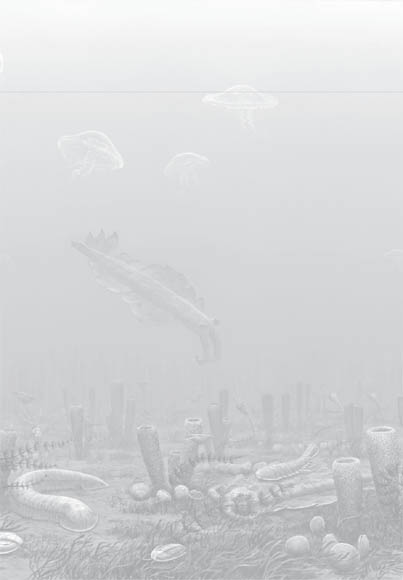
Preface
SOMEWHERE IN NEARLY EVERY STATE OR PROVINCE IN NORTH America are Cambrian rocks recording the history of life in one of the most important time periods in Earth history. In Vermont, Washington, Virginia, Wisconsin, California, Alberta, British Columbia, Sonora, New Mexico; in Nevada, Utah, Colorado, Pennsylvania, South Dakota, Oklahoma, Idaho, Texas, Alabama, Wyoming the list goes on. Rocks of Cambrian age are almost everywhere. And in them we find some of the earliest complex animals to appear on Earth. The diversification of animals in the Cambrian is astounding.
By any human measure, the Cambrian period was an incredibly long time ago, but in terms of the story of our planet it only began after most of Earth history so far had already unfolded. It would be another 315 million years before mammals or dinosaurs would appear on the scene or nearly five times as many years as have passed since the dinosaurs (other than birds) disappeared and left the world to the mammals, in our chauvinistic view. From the perspective of the most diverse major animal group of the Cambrian (the arthropods), however, the world of the Cambrian was theirs then, and still is now, as today the number of insect species alone is nearly one million. The only major loss to them since the Cambrian is that of the trilobites, the proverbial fossils of the Paleozoic era. Even trilobites outstripped other famous fossil groups in terms of diversity. We know of around a thousand species of dinosaurs from the fossil record; modern mammals number around six thousand species; birds are all the way up around ten thousand. The lowly trilobites? Twenty thousand species! Although they may have inflated numbers due to high preservation potential, as fossils trilobites own the Paleozoic.
The Cambrian period on Earth might as well have been another planet, compared with what we are used to today. This is the story of a different time and place. The time is incredibly distant; the place, not so.
The Cambrian period was obviously a very long time ago, but why was it important? It was nowhere near early in Earth history; 80 percent of that history occurred before the first years of the Cambrian. The world of the Cambrian represented a time quite different from most before it in terms of environmental conditions. This parallels differences in the biotas. But the Cambrian was probably most important because it was, quite simply, the birth of our modern biological world. Whereas the previous 3 billion years were occupied almost exclusively by microbes, and only shortly before had multicellular animals appeared, almost all the modern groups of animals that we know today trace their origins to the time interval between 542 and 488 million years ago. Crabs, lobsters, insects, and horseshoe crabs? Their ancestors were there in a myriad of arthropods. Lions and tigers and bears? The first members of our phylum of chordates and vertebrates appeared during the Cambrian. Corals and jellyfish? Their ancestors were there. Worms of all kinds? Those, too.
The Cambrian radiation, or explosion as it has been called, has been argued about for ages. No less in recent years. More, in fact. Was the speciation rate for animals actually higher during the Cambrian than at any point since? Was the explosion an artifact of preservation? Were there more phyla (body-plan groups) of animals than today? Were phyla weeded down or did the modern phyla only appear then and continue? What does all this mean for the mechanisms of evolution? We will review some of these debates, but mostly we will concentrate on the Cambrian and the subaqueous Garden of Eden of modern animal diversity.
Plenty has been written about the Cambrian previously, and much of it is deservedly about the Burgess Shale and its spectacular window to the Cambrian biota. We will see that here, too. But we will also visit a lot of other places with fossil records that contribute to that picture as well, each in its own way. I hope that the picture painted here leaves you with an impression of just how ubiquitous Cambrian rocks and fossils are and how important this period is to the history of life on Earth. I will not assume all readers have backgrounds in geology or biology, and so is a brief summary of where the animals of the Cambrian have gone in the millennia since.
Scattered through the chapters are several boxes containing profiles of current researchers working on Cambrian issues. This is a small sampling of the modest army of people worldwide who study this time period, and it is, of course, not close to being wholly representative. But I hope it will give readers a better view into how we came to know what we do about the Cambrian and its fossils.
Next page


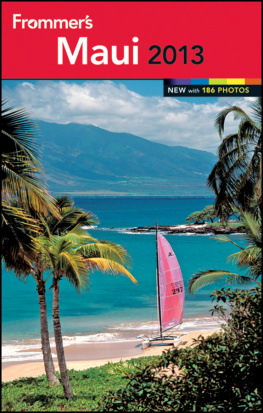



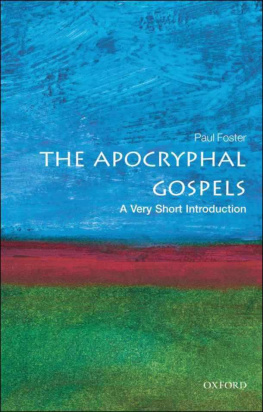

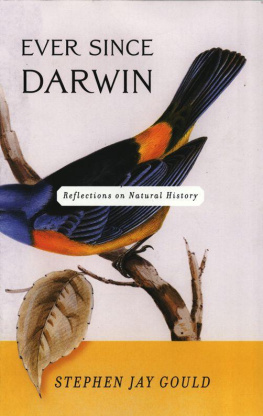
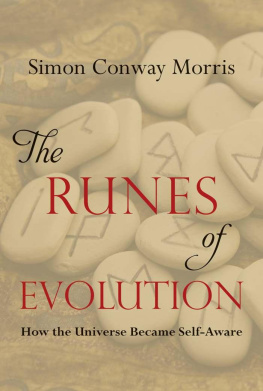

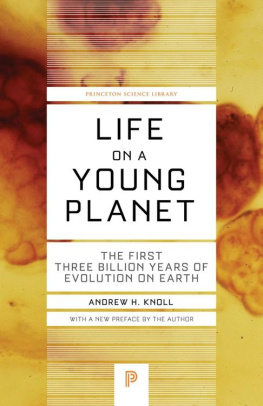
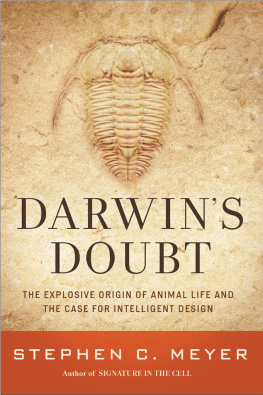



 The paper used in this publication meets the minimum requirements of the American National Standard for Information Sciences Permanence of Paper for Printed Library Materials, ANSI Z39.48-1992.
The paper used in this publication meets the minimum requirements of the American National Standard for Information Sciences Permanence of Paper for Printed Library Materials, ANSI Z39.48-1992.